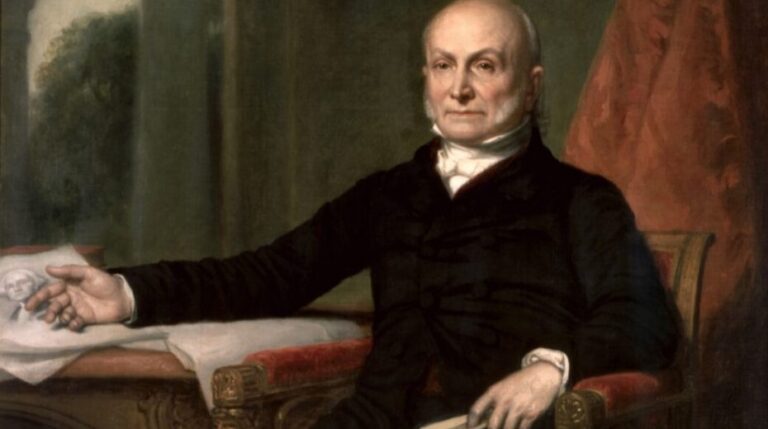
Increasing defense budgets challenge both the welfare state and taxpayers, notes political and economic analyst Ioanna Liouta.
This is an op-ed written by an external contributor. All views expressed are the author’s own.
When a nation renowned for prosperity and social equity opts to significantly boost its defense allocation, the inquiry extends beyond mere reasoning to consider the implications.
Norway in 2025 finds itself at a pivotal point, balancing its longstanding social welfare commitments against the evolving threat environment in Europe.
From prosperity to security?
According to the Organisation for Economic Co-operation and Development (OECD) Economic Outlook, Volume 2025 Issue 1, Norway’s mainland economy excluding oil and gas remains robust, with growth forecasts of 1.7% in 2025 and 1.9% in 2026.
Inflation is decreasing, real earnings are on the rise, and unemployment rates remain low.
Despite these encouraging signs, significant changes in fiscal policy are underway.
Under Prime Minister Jonas Gahr Støre, the administration has pledged to sharply increase defense spending: from 2.27% of Gross Domestic Product (GDP) in 2024 to 3.35% in 2025, approximately USD 16.5 billion, which includes military support to Ukraine.
This marks nearly a 50% rise in real terms within a single year.
Looking ahead, Norway aims to devote up to 5% of its GDP to defense and security over the next ten years, far surpassing NATO’s benchmark of 2%.
Norway’s national identity has traditionally been shaped by its comprehensive welfare system, including universal healthcare, free education, and robust social safety nets.
Yet, the pivot toward substantial military expenditures prompts a crucial question: can Norway sustain the same welfare model as public funds increasingly prioritize defense?
The OECD cautions that stricter fiscal discipline will be vital in the years ahead. The combined pressures of an aging demographic, environmental transition expenses, and defense upgrades will necessitate tough choices.
The belief that “Norway can afford everything” due to its petroleum wealth, known as the Norwegian exception, faces a critical examination.
The cost for citizens
If defense budgets keep expanding at this rate, the government must choose from three paths:
reduce social services, rely more heavily on the Government Pension Fund Global (the oil fund) which could jeopardize the future, or raise taxes.
Tax increases appear most probable. Debates are ongoing about adjusting wealth and capital taxes and perhaps increasing indirect taxes, like Value Added Tax (VAT) or energy fees.
However, such changes risk disproportionately impacting the middle class and may weaken the public confidence that sustains Norway’s welfare framework.
The issue extends beyond finances to politics
How will a society founded on social welfare principles react when more funds are allocated to armaments than education?
The Støre administration contends that national security underpins social stability, a compelling argument in an unpredictable Europe.
Still, as Europe enhances its military capabilities and fiscal leeway diminishes, striking a balance between security and social unity will be Norway’s foremost challenge.
The “Norway of the future” may be defined by reduced social generosity but increased military strength.
Its future success depends on the government’s capacity to uphold tax justice, enhance productivity, and persuade citizens that security need not undermine solidarity.
Ultimately, the question is not whether Norway can support its defense ambitions, but whether it can bear the social costs they entail.
Original article: highnorthnews.com





